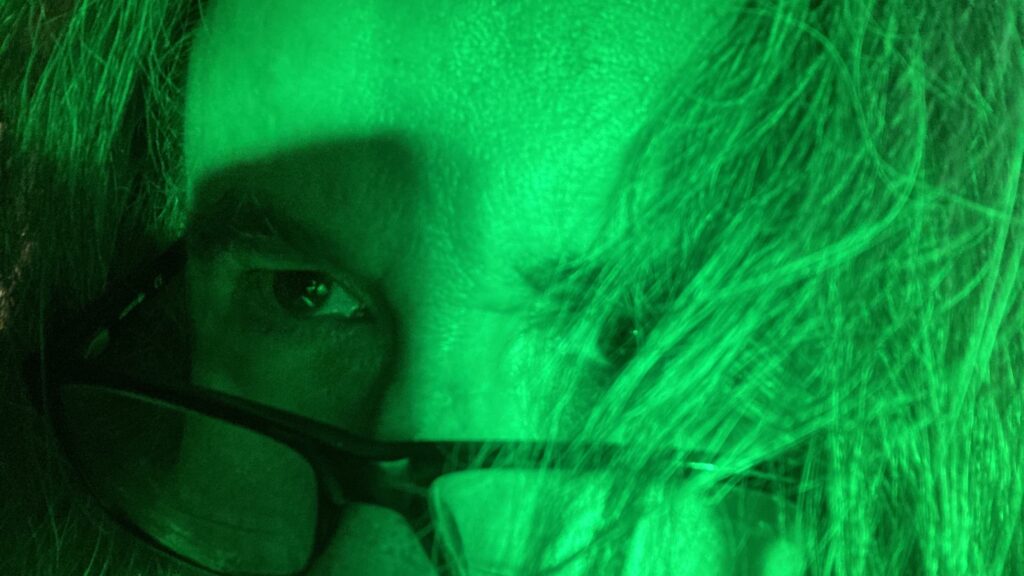Though somewhat plebeian, Mel Gibson’s The Passion of the Christ (2004) is a heartfelt and unusual religious, or Christian, film. The direction is sometimes heavy-handed, as when Jesus dissuades the Jewish men from stoning Mary Magdalene. But mainly it is absolutely solid, and several scenes make the movie memorable.
One of these is when Jesus stamps to death the strange snake which slithers out from under the androgynous Satan’s garment and which presumably represents evil. Another is the sequence in which at Golgotha the wind starts blowing and the sky becomes overcast to convey a sense of foreboding and yet hope. It precedes Jesus’ death and the tear-from-the-eye-of-God shot, and all of it is good directorial work from Gibson.
Even better is the resurrection scene. We see, from the Lord’s perspective, the stone roll away inside the dark tomb and a subsequent shot of thrown-off graveclothes. Then Gibson presents just the right images of Christ’s face in profile.
True, the violent cruelty of the Romans becomes tiresome, but the film succeeds at showing us utter mayhem along the Via Dolorosa after Simon of Cyrene is grabbed up and Jesus collapses. Too, thank goodness we get a respite from all the cruelty with an interlude, very Catholic, about Veronica and her handkerchief. Veronica, by the way, is both Jewish and sweet, but The Passion of the Christ does come down hard on the Jews because, as critic Stanley Kauffmann explained, the New Testament comes down hard on the Jews. Gibson’s film is a biblical one. Accordingly, however, it does not shy away from the truth of Jesus Christ having died for all humanity, for Jew and Gentile alike. That quiet resurrection confirms that “he was wounded for our transgressions” (Isaiah 53), those of all of us.
Jim Caviezel is fine as Jesus, though Maia Morgenstern, remarkable in The Oak (1991), has an easy part to play as Mary. Still her anguish is real. With his impeccable facial play, Hristo Shopov (Pontius Pilate) is magisterial.
Again, The Passion is a bit Hollywood-plebeian: I can do without the demon-baby Satan carries in his arms in one scene. But in its own way the film is riveting, a brutal work of orthodoxy about Evil and Redemption. It makes the unorthodox The Last Temptation of Christ (1988) look even sicker and stupider than it is.





I love this movie but I haven’t tried reading it…This is really memorable for me…
I am not into reading but I think This is very interesting to read then…
I always love reading…And I thank you for sharing this to us…
Hi…I am looking forward to read this and share to m friends too…
I am a movie addict so this is very interesting for me…
URL ?????? ???????????#cq6z]Camel Cigarettes
thank any way… but is there any way that’s far more cost-effective? thanks…God Bless!
My blog post :: Lillie